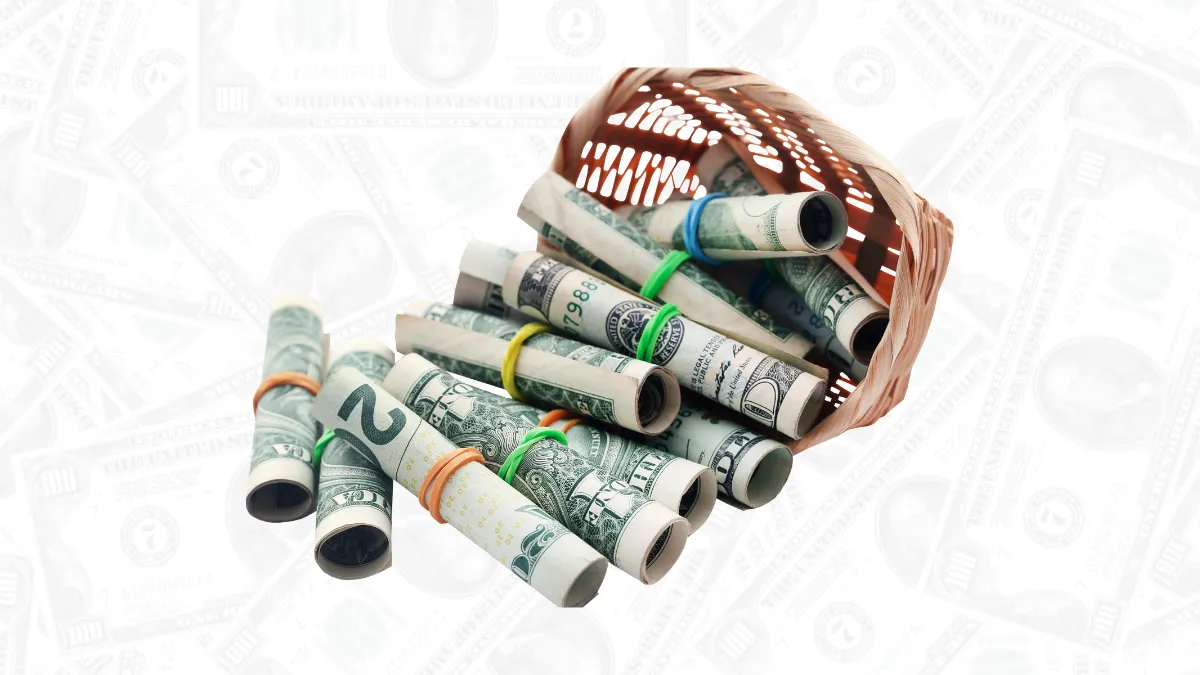Trade Weighted Dollar Index
What is the Trade Weighted Dollar Index?
The Trade Weighted Dollar Index is a measure of the value of the dollar in the international market, but unlike the traditional Dollar Index (USDX), this index is weighted based on the trade volume between the United States and different trading partners. This means that this index more accurately reflects the influence of the dollar against the currencies of the United States' major trading partners, particularly those countries and regions that play a significant role in U.S. trade activities.Calculation of the Trade Weighted Dollar Index
Unlike the traditional Dollar Index, which includes only six currencies, the Trade Weighted Dollar Index adjusts the weight of each currency based on the trade volume of the United States with different countries. Therefore, it includes a wider variety of currencies, and the weights are regularly adjusted according to changes in trade patterns.For example:
- If the trade volume between the United States and a certain country increases, then the weight of that country's currency in the Trade Weighted Dollar Index will also increase.
- In contrast, if the trade volume with a trading partner decreases, its weight will decrease.
Components of the Trade Weighted Dollar Index
The Trade Weighted Dollar Index covers the currencies of the United States' major trading partners. These currencies include, but are not limited to, the Euro (EUR), Japanese Yen (JPY), British Pound (GBP), Canadian Dollar (CAD), Chinese Yuan (CNY), Mexican Peso (MXN), and South Korean Won (KRW). Since these currencies represent the largest trading partners of the United States, their fluctuations significantly impact the Trade Weighted Dollar Index.Uses of the Trade Weighted Dollar Index
The Trade Weighted Dollar Index has various uses in financial markets and economic analysis. Here are some main application scenarios:- Global Competitiveness of the Dollar: The Trade Weighted Dollar Index can help economists and policymakers assess the competitiveness of the dollar in the international market. If the index rises, it indicates that the dollar is strengthening relative to the currencies of major trading partners, which may reduce the competitiveness of U.S. export products; conversely, a decline in the index may enhance the export competitiveness of U.S. products.
- Impact on U.S. Monetary Policy: The Federal Reserve considers the Trade Weighted Dollar Index when formulating monetary policy. This is because the index reflects the true value of the dollar in international trade, affecting U.S. imports, exports, and inflation levels.
- Market Indicator for Investors: For forex traders and investors, the Trade Weighted Dollar Index provides an important reference tool for observing the performance of the dollar in the global market. This can help traders develop more accurate trading strategies, especially when economic relations between the United States and major trading partners change.

Differences Between the Trade Weighted Dollar Index and the Traditional Dollar Index
Both the Trade Weighted Dollar Index and the traditional Dollar Index (USDX) are indicators of the strength of the dollar, but there are several key differences between them:- Different Currency Range:
- Traditional Dollar Index (USDX) includes only six major currencies, primarily based on the United States' traditional economic partners.
- Trade Weighted Dollar Index covers a broader range of currencies, including all major trading partners of the United States.
- Weight Calculation Method:
- Traditional Dollar Index has fixed currency weights that do not change with trade patterns.
- Trade Weighted Dollar Index adjusts weights based on trade volumes between the United States and various countries, allowing the index to more accurately reflect global economic changes.
- Different Economic Realities Reflected:
- Traditional Dollar Index is more suitable for measuring the speculative strength of the dollar in the forex market.
- Trade Weighted Dollar Index is closer to reflecting the true impact of the dollar in international trade, making it more meaningful for understanding U.S. trade competitiveness and international market trends.
How to Use the Trade Weighted Dollar Index in Forex Trading
The Trade Weighted Dollar Index is a valuable tool in forex trading that can help traders develop more accurate strategies. Here are some application methods:- Impact of the Dollar on the Global Market: By observing changes in the Trade Weighted Dollar Index, traders can understand the actual performance of the dollar in the global market, especially its impact on non-U.S. currencies.
- Assessing Market Sentiment: When the Trade Weighted Dollar Index rises, it indicates an increase in market demand for the dollar, which may signal a strengthening trend for the dollar. Conversely, when the index declines, it may indicate a weakening confidence in the dollar.
- Helping to Formulate Trading Strategies: When the Trade Weighted Dollar Index shows dollar strength, traders may consider shorting non-dollar currencies, such as the Euro or Japanese Yen. Conversely, when the dollar is weak, they may consider going long on these currency pairs.
Hi, We are the Mr.Forex Research Team
Trading requires not just the right mindset, but also useful tools and insights.Here, we focus on Global Broker Reviews, Trading System Setup (MT4 / MT5, EA, VPS), and Forex Trading Basics.
We personally teach you to master the "Operating Manual" of financial markets, building a professional trading environment from scratch.
If you want to move from theory to practice:
- Help share this article to let more traders see the truth.
- Read more articles on Broker Tests and Forex Education.





